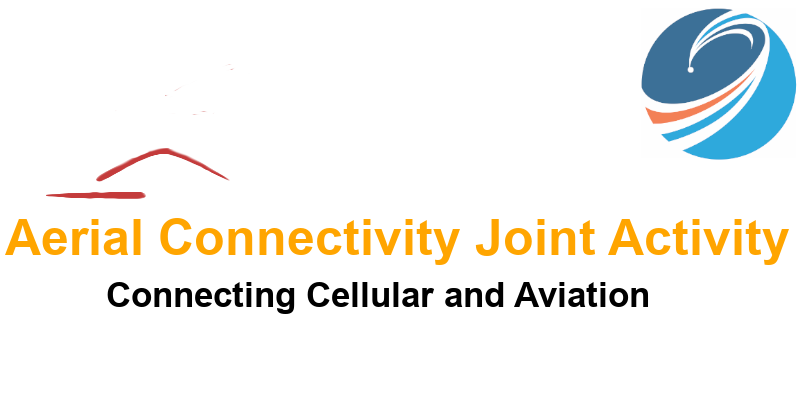New Publication 15/03/2022
ACJA Work Task 1 (lead by Stefano Faccin ) have developed:
Leveraging 3GPP Cellular Network Mechanism to Support UAS Operations
This document focuses on analyzing how cellular networks and related services can be leveraged to support UAS operations (including Networked Remote ID, UAV connectivity for command and control, location and flight tracking, and security), including how they support ASTM 3411-19 Standard Specification for Remote ID and Tracking and future versions. This include an analysis of how additional broadcast mechanisms can be supported in a future revision of F3411.
This document leverages the 3GPP architecture and mechanisms defined in 3GPP Release 17 for UAS, providing a reference to how they can be used but without mandating the use of any of such mechanisms. It assumes a high reliance by the mobile network operators on the USS for UAV authentication and authorization, and for policing of UAV communications via the cellular infrastructure.
As per the Work Task #1 Terms of Reference, this deliverable contains technical views and contributions meant as input to the 3GPP work, to ASTM, and to other relevant fora.
Leveraging 3GPP Cellular Network Mechanism to Support UAS Operations-v1.00Download
New Publication 04/02/2021
ACJA Work Task 2 (lead by Thomas Neubauer ) have developed:
ACJA Interface for Data Exchange between MNOs and the UTM Ecosystem: Network Coverage Service Definition v1.00
In order to enable Beyond Visual Line Of Sight (BVLOS) operations at scale, drones need reliable connectivity. To ensure that flight planning and operational services can include information on where such connectivity is available to support the needs of a UAV mission, additional data from connectivity providers is required.
This document describes the Network Coverage Service, a general architecture comprising stakeholders, services, interfaces and data models for the automated data exchange between MNOs and the UTM ecosystem.
New Publication 13/10/2022
ACJA Work Task 2 (lead by Thomas Neubauer ) have developed:
Reference Method for assessing Cellular C2 Link Performance and RF Environment Characterization for UAS
In order to investigate and characterize the performance of cellular links for Beyond Visual Line of Sight (BVLOS) drone operations at scale, appropriate measurements of drone application-level Command and Control (C2) and radio frequency (RF) parameters have to be conducted via flight testing. This helps to answer questions such as “what is a representative environment for drones?” For example, such environments may be defined for specific drone use cases (linear infrastructures inspection, parcel delivery, …), or areal characteristics (flat, hilly, mountainous, …), etc. And another key questions such as “how well does cellular connectivity infrastructure support C2 in such representative environments”? With this information, complex BVLOS operations using cellular may be better assessed by drone developers, operators, regulators, and other stakeholders.
ACJA Work Task 3 (led by Gerry Libunao from Verzion) have developed the “LTE Aerial Profile document”, published on 04 Nov 2020.
“The LTE Aerial Profile document identifies a minimum mandatory set of features which are defined in 3GPP specifications. Aerial wireless devices (the User Equipment (UE)) and networks are required to implement in order to guarantee an interoperable, LTE aerial service over Long Term Evolution (LTE) radio access. The primary use case considered is UAS, but does not exclude similar uses of 3GPP systems as a method of communication to support commercial applications in low altitude airspace. The profile does not limit anybody, by any means, to deploy other standardized features or optional features, in addition to the defined profile.”
